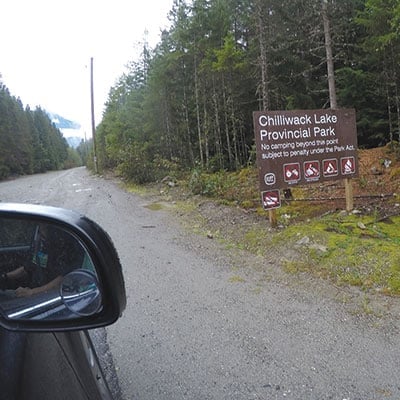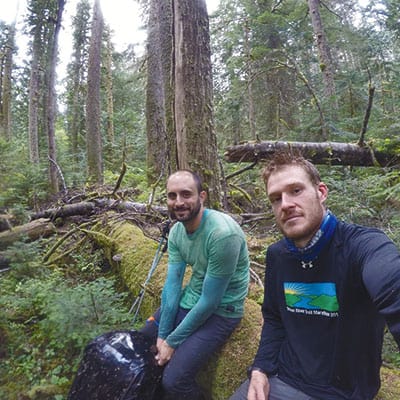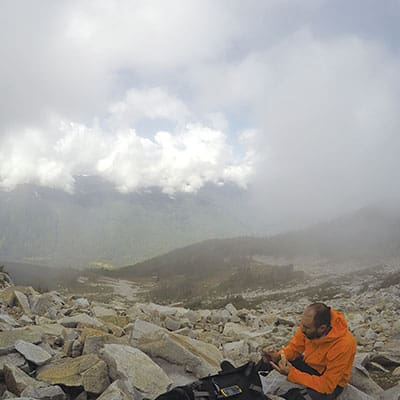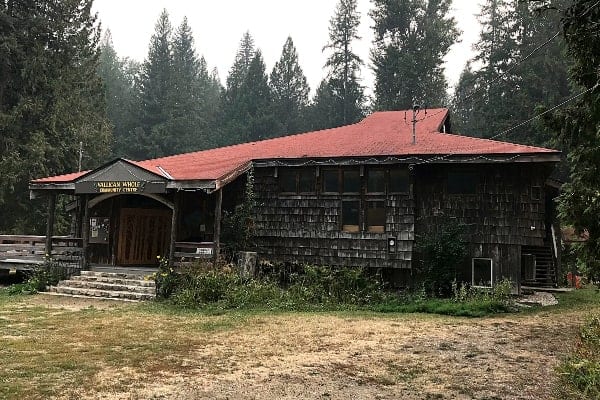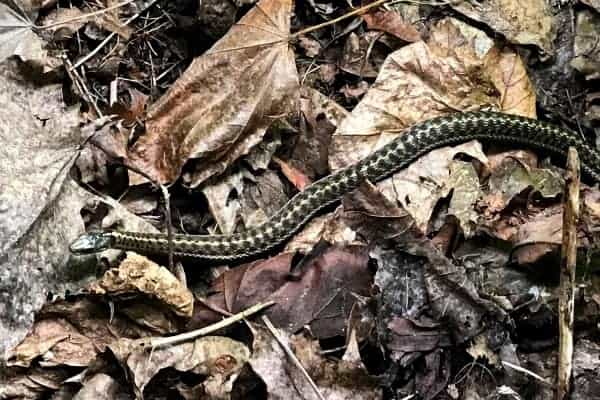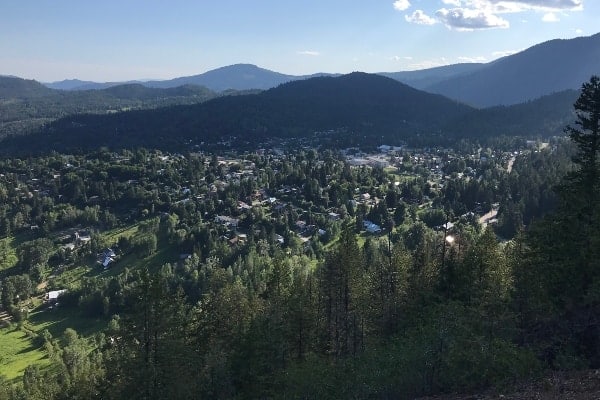In the late summer of 2016, my friend Dan and I attempted to climb Bear Mountain, a 2,400-metre tall peak situated in the North Cascades National Park, just south of British Columbia. The north buttress of this mountain offers 670 metres of superb alpine granite. Tucked away in northern Washington, the base of the climb requires a passport and a heinous approach hike. More on that in a bit. At the time, both Dan and I were feeling confident and thrilled to get on more-difficult alpine rock routes, after our superbly successful trip into the Bugaboos only a month or two prior.
In Kevin McLane’s Alpine Select, a guidebook for the area, he describes the approach in three separate paragraphs, the first of which describes the first relatively flat 9.5 kilometres through “magnificent old-growth forest.” The second paragraph is composed entirely of a single sentence: “The work begins now.”
Alpine approaches are never to be taken lightly. Having a separate paragraph/sentence stating where the “work begins” is ominous. The approach hike begins 150 kilometres east of Vancouver, near Chilliwack Lake, and crosses the American border. The hike is approximately 17 kilometres long and gains 1,500 metres of elevation in the second half. The trail was originally maintained on both sides, but has since been abandoned to mother nature for several decades. And I’m not just talking about any old mother nature. This is on the west coast, where things grow on things that grow on other things, that grow on still other things. In the apocalypse, B.C. will still be a lush paradise. Some historians suggest the B.C. First Nations never needed to resort to agricultural practices due to the absurd abundance of available food.
Our plan was simple: bushwhack the first 17 kilometres on day one, and camp on the mountain saddle, situated at 1,980 metres above sea level. We would climb the next day, a glorious 670 metres of pristine alpine crack, testing our mental and physical mettle in a remote and uncaring environment, returning to our saddle camp for the night and then hiking out the way we came on the third and last day. Our packs would be weighed down with tent, food, stove, ropes, climbing gear (such as active and passive protection to be placed in the cracks while climbing), and more. But we were confident. We were young men—gifted with unwarranted optimism and assurance that we could do anything.
What we experienced was nothing less than a living nightmare.
Bear Mountain: A loving tribute to a living nightmare – Part 2

